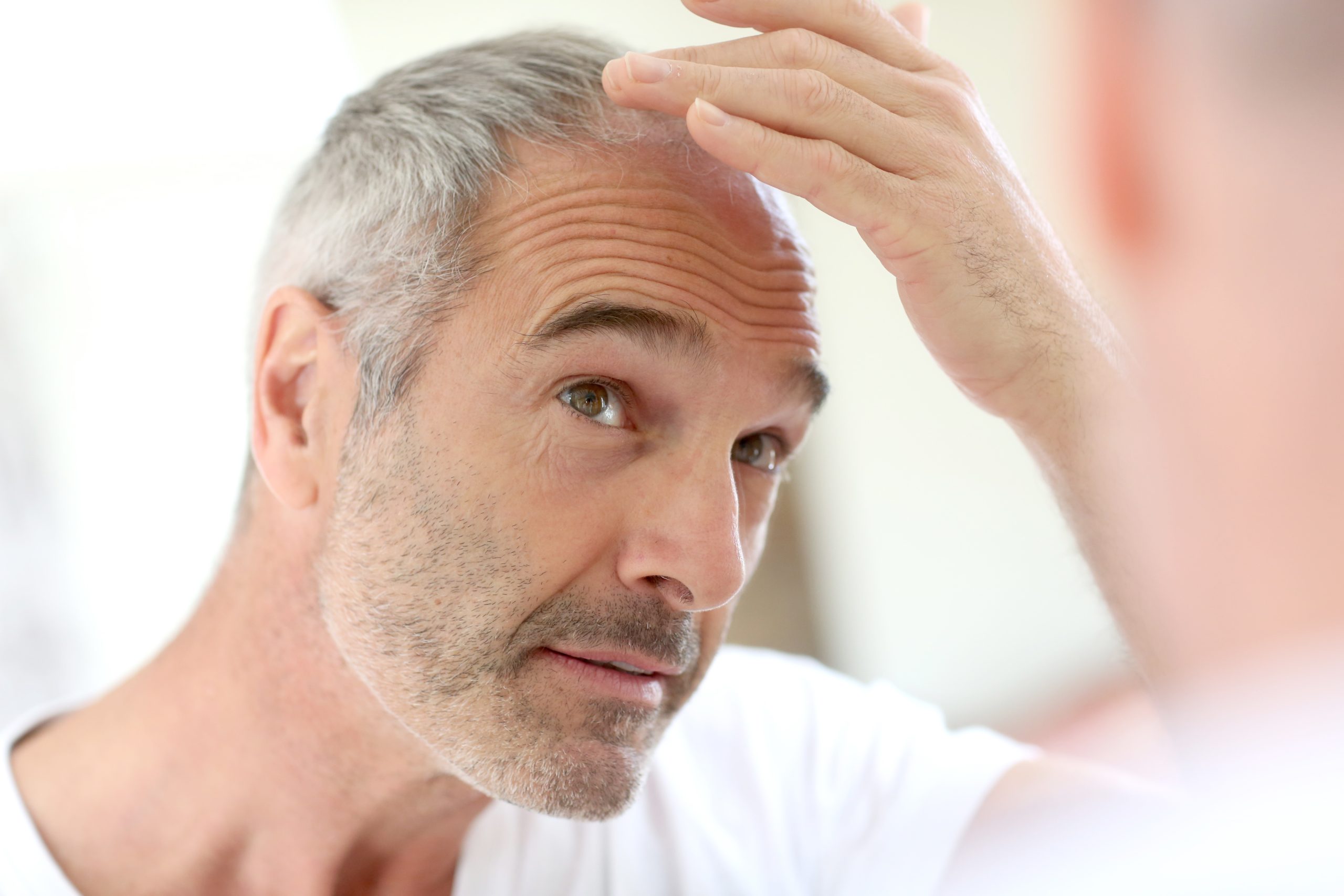Hair loss mostly occurs in men. Hair loss is categorized into 2 types: non-scarring and scarring hair loss. Non-scarring is reversible, and scarring is not reversible. PRP is prepared from the patients own blood through centrifugation. PRP contains a higher concentration of platelets and growth factors. PRP treatment is a nonsurgical therapeutic procedure to treat hair loss. PRP stimulates hair growth in patients suffering from hair loss conditions. PRP treatments are a safe and natural way to restore hair growth.
PRP is directly injected into the area where it is required. PRP contains the patients own blood so there is no chance of rejection by the immune system. PRP contains platelets which produce plenty of rich growth factors. These growth factors can encourage the growth of hair follicles by stimulating the stem cells and boost the active growth phase. When the PRP is used on the scalp the plasma is rubbed or injected on the skin of the head. Men suffering from male pattern baldness and females with hair loss problems can benefit from PRP treatments. PRP promotes hair growth and provides strength to the hair follicles.
Procedure: scalp is treated with a micro-needling technique. The skin is numbed during the procedure. The patient feels minimal discomfort. PRP when injected starts the healing process and your body starts responding to the perceived damage. PRP stimulates newly implanted hair follicles.
Advantages of PRP for hair loss:
PRP treatment is gaining popularity in the cosmetic industry. It is an effective, safe, convenient, risk-free, affordable, FDA approved and a reliable treatment to mitigate hair loss and to treat a variety of anti-aging functions. PRP has great potential to activate the hair restoration process.
Risks of PRP for hair loss:
Your doctor examines all your medical reports and any medications you may be taking before initiating the procedure. You may not be the right candidate for PRP treatment’s if you have following conditions
- History of drug abuse or alcohol
- Heavy smoking habit
- Taking blood thinners
- Thyroid disease
- Low platelet count
- Sepsis
- Systemic disorders
- Platelet dysfunction syndrome
- Metabolic disorders
- Hypofibrinogenemia
- Hemodynamic instability
- Chronic skin disease
- Cancer
Side effects of PRP for hair loss
No severe side effects are reported because the patient’s own blood is used which is naturally compatible with the body. PRP therapy involves treatment with your own blood in your scalp so you have no risk of getting a communicable disease. But on the other hand, any therapy involving injection may cause some side effects. Possible side effects of PRP for hair loss includes
- Scar tissue
- Calcification at the injection site
- Infection
- Injury to nerves or blood vessels
- Some patients may also have an intolerance to the anesthetic used during treatment.
Conclusion:
PRP is a great option to deal with hair loss. Although, there are limited clinical proofs for the effectiveness of PRP for hair loss there are many patients who believe that PRP is an effective and safe way to stimulate new hair growth and reverse hair loss. Consult your doctor to know the right treatment or combination of treatments that are best for you.
